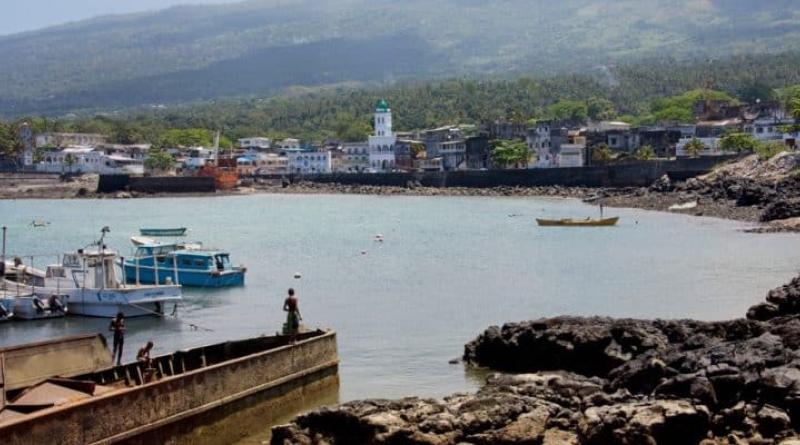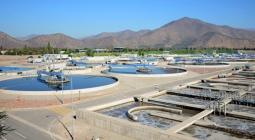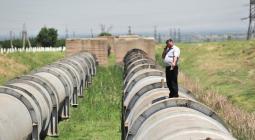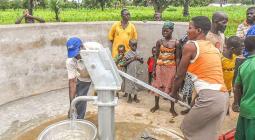Moroni however has three pumping stations of 9,000 m 3 per day, 3,000 m 3 per day, and the “ONU 4” site with a capacity of 2,000 m 3 per day. In addition to these installations, there are two storage tanks with a combined capacity of 2,500 m 3 . The second reason given is the careerism of street water sellers. According to the Moronais, they storm the pumping sites every day, blocking the only pipeline that carries water to Moroni and its surroundings.
These are therefore two projects to be carried out simultaneously by the government of the Comoros to increase the rate of access to drinking water in the country to 67% by 2027, compared to 19% currently. The capital Moroni is far from being the only city in the Comoros experiencing a water crisis.






